After reading rave reviews about waterborne enamel paints, I decided to give them a try. SW is very close, so I went with their ProClassic waterborne enamel. Painted a few shelves to get my feet wet and they turned out great-smooth as glass.
Easy as pie - I said - NOT. I'm a DIY'er.
Next I started paint vertical 6 panel doors. Sag, drip, sag, drip. I did all the prep work recommended by the professionals and seasoned DIYers on this site. I was about to give up and go back to Superpaint, but I liked the finish on the shelves and I'm stubborn and a perfectionist, so I stuck with it.
After my 5th door (plus a few windows and yards and yards of base and door trim), I think I'm finally getting the hang of it.
I wanted to pass on a few things I learned to those who are starting to work with waterborne enamels so hopefully you'll learn faster than I did how to get good results.
1. NEW TECHNIQUE - This isn't "your father's paint". It's a whole different technique and can be unforgiving, but when you get it right, it is beautiful.
2. PREP IS CRUCIAL - Prep your surface well. This should go without saying, but waterborne paints REQUIRE a scuffed surface to cling to. Otherwise it will be like throwing pudding up on a glass window - it will just slide and that's when you get the sags. Clean surface, scuff lightly with fine sanding sponge or 220 grit sandpaper, prime (I use SW PrepRite), then lightly sand the primer coat. I believe that if you have painted within the past 3 years, you might not require the primer, but I used primer because it has been way more than 3 years for my stuff. Remove all dust with a vacuum or tack cloth.
3. CHINEX BRUSHES BEST - Use good quality Chinex brushes. On advice I read here, I got a supply of Corona Chinex brushes in different sizes, straight and slanted edged. There are other good brands of Chinex - just be sure you get Chinex. I like to use a 2" straight edge brush on doors, 1" or 1.5" (straight or slant depending what I'm doing) on trim.
I find that the waterborne paint, because of the way it sets up, gunks up in the brush after using it constantly for an hour or so. Maybe that's just me. So you might have clean your brush and wait for it to dry or switch to a clean brush. I have enough brushes that I just switch off, so I can keep going. Do not, I repeat, do not attempt to apply this paint with a slightly damp brush. Tried it once - what a mess. The brush must be bone dry.
4. WORK HORIZONTALLY, IF POSSIBLE. When you paint horizontal surfaces, like shelves, you can apply a thicker coat of this paint and it will just settle, no problem. You can't do that on vertical surfaces. If at all possible, take doors off hinges and lay them flat to paint. I don't have the space to do that inside, so had to paint them vertically.
5. APPLICATION - On vertical surfaces, you must apply a thin, even coat. Work from the top to the bottom.
I dip my brush about 1/2" into the paint, lightly tap on side of paint container to remove excess (do not wipe brush on edge of paint container) then dab it in a few places in a 4-6" square area so it won't pool up all in one place. Then I spread it quickly into the previous wet edge. You have about 30 seconds to overlap into the previous wet edge (overlap about 1") and that's it! Don't overstay your welcome. Don't overwork the paint. The brush strokes you see will flatten out. Cover the area, then move on. Keep checking your work and if you see a drip in a crevice, you might be able to soak it up with the tip of your brush. DO NOT ATTEMPT TO CORRECT SAGS WHILE SURFACE IS STILL WET OR TACKY.
You'll be putting on a 2nd coat, so remember not to overload your brush and keep the coats thin so you don't get drips/sags. When I was learning, I kept dragging too much paint into the overlap area and that's why I was getting sags. I also was not being careful to brush excess paint out of inset panels and corners, so was getting drips. When I started to dab the paint in a few different places before spreading the paint into the overlap area, that was the key to preventing sags for me.
6. FIRST COAT DRYING - When you've finished the first coat, it probably won't look that good. You'll see brush marks and it will look splotchy. But leave it alone. Go shopping, bake cookies or take a long walk, or better still, sleep on it. After several hours or overnight, when you look at the job, you won't believe your eyes. The brush marks will have magically flattened and it will look much more even in tone and sheen.
7. SECOND COAT - Check the dried surface for any drips or sags from the first coat (the last door I did, I didn't have any - I was delighted!). Lightly sand those imperfections flat and sand scuff the entire surface. If you don't scuff in prep for the second coat, you'll get the pudding on the window effect. The paint absolutely has to have a scuffed surface to stick to - believe me - I learned the hard way.
Again, clean off the dust.
Apply as you did the first coat - thin, even, working quickly from dry into wet areas.
LEAVE IT ALONE over night.
You're finished. I hope you're as happy with your job as I am now that I'm finally starting to get adept at using this paint.
I'm still looking for tips to make my work look even better. Other suggestions, please chime in.
Happy painting!
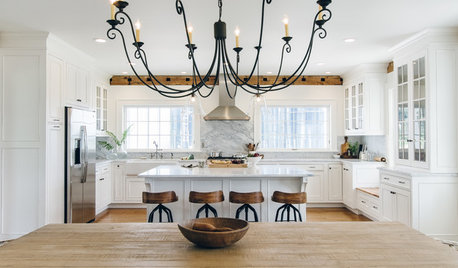

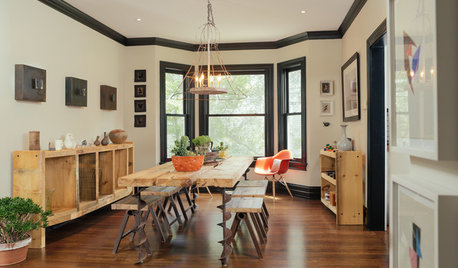
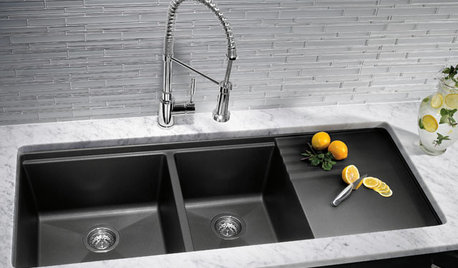
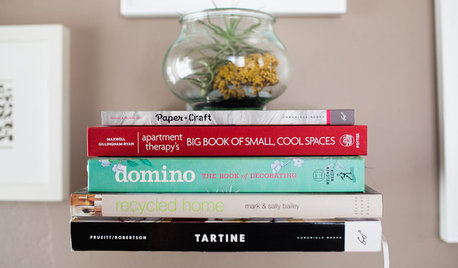
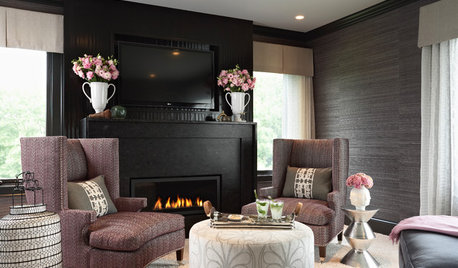
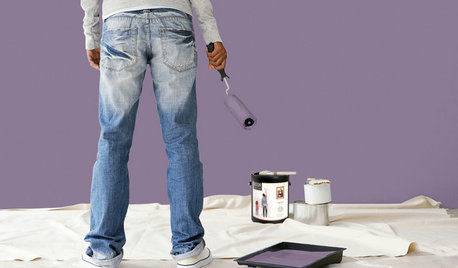
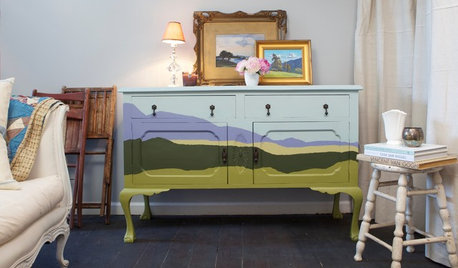
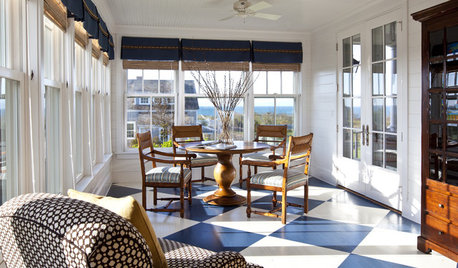








smartashblonde
Michael
Related Discussions
Which waterborne? (SW ProClassic, BM Impervo, Muralo)
Q
Cabinet paint question (s)
Q
The oldest kitchen remodel on GW...finally finished cherry kitche
Q
Finally the Plans for Soapstone Sink Taking Shape!
Q
randitaOriginal Author